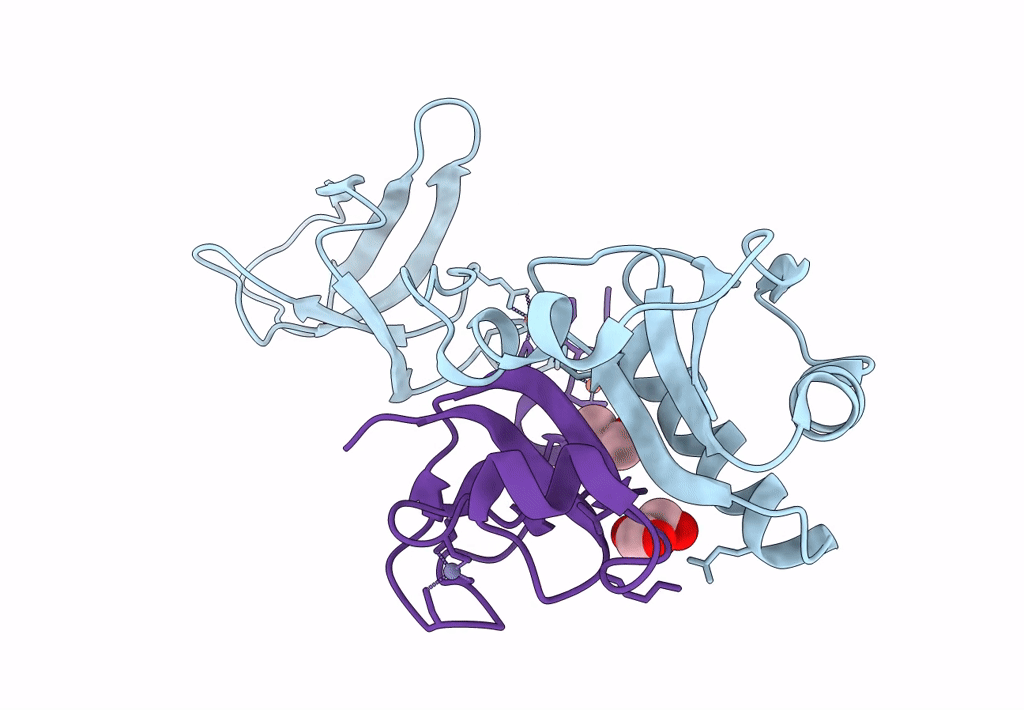
Deposition Date
2015-05-04
Release Date
2016-03-16
Last Version Date
2023-11-08
Entry Detail
Biological Source:
Source Organism:
Methanocaldococcus jannaschii DSM 2661 (Taxon ID: 243232)
Host Organism:
Method Details:
Experimental Method:
Resolution:
2.30 Å
R-Value Free:
0.25
R-Value Work:
0.22
R-Value Observed:
0.22
Space Group:
P 21 21 21


